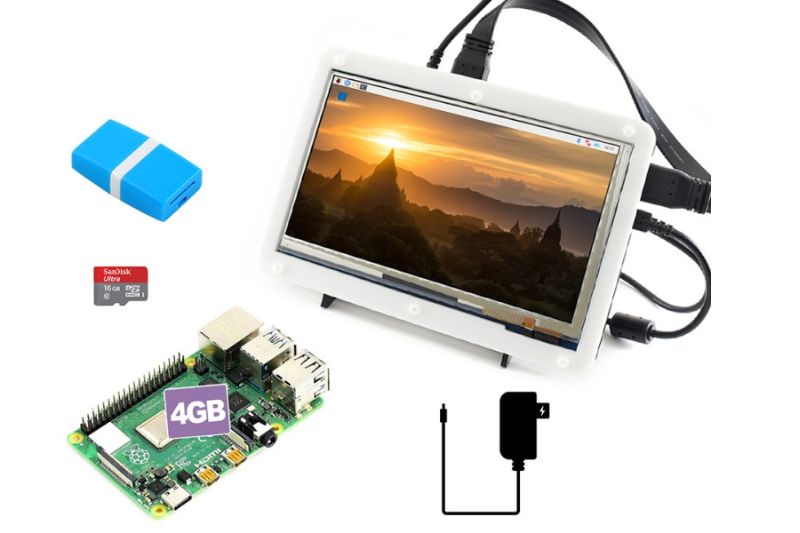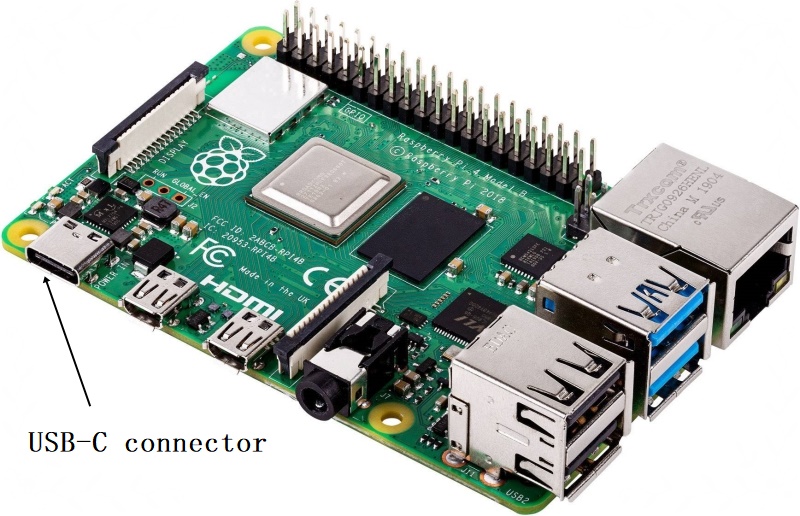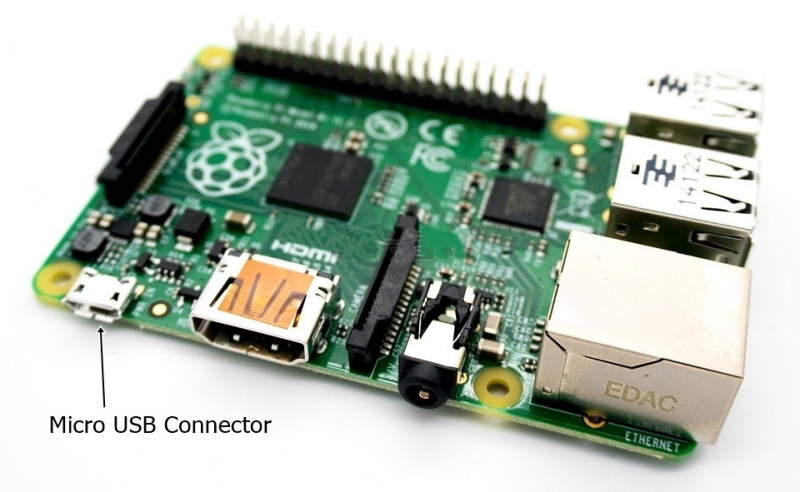
How can I select the correct power supply for my Raspberry Pi device?
Choosing the correct power supply for our Raspberry Pi devices seems like a simple job, but we also need to pay attention to it. Making the wrong choice could lead to reduced device functionality and may also result in serious hardware damage. Here we will give some advices on how to power your Raspberry Pi devices the right way.
The Power Requirements of Raspberry Pi
The output voltage and current are the most important aspects we must consider for going on any power supply selection. A Raspberry Pi generally operates at a 5V voltage. However, the current requirements can vary from 2.0A (2000mA) for older models to a minimum of 3.0A (3000mA) for the Raspberry Pi 4. For the voltage and current requirements for the power supply, the more information is listed below.
Voltage Requirements For The Power Supply
Raspberry Pi 1 and 2: 5 Volt
Raspberry Pi 3: 5 Volt
Raspberry Pi 4: 5.1 Volt
Raspberry Pi 5: 5.1V Volt
Current Requirements For The Power Supply
Raspberry Pi 1 and 2: more than 1.8 Ampere
Raspberry Pi 3: more than 2.5 Ampere
Raspberry Pi 4: more than 3 Ampere;
Raspberry Pi 5: more than 5Ampere;
Raspberry Pi Model | Voltage | Recommended Power Supply Current Capacity |
Raspberry Pi 5 | 5.1V | 5A |
Raspberry Pi 4B, 400 | 5V | 3A |
Raspberry Pi 3B+/3B/3A+ | 5V | 2.5A |
Raspberry Pi 2B/1B+ | 5V | 1.8A |
Raspberry Pi 1B | 5V | 1.2A |
Raspberry Pi 1A A+ | 5V | 700mA |
Raspberry Pi Zero / Zero W | 5V | 1.2A |
Raspberry Pi Zero 2W | 5V | 2A |
If we adopt a power adapter that cannot provide sufficient current or does not satisfy the quality standards to charge the Raspberry Pi, a low-voltage warning will likely appear at the top of the Raspberry Pi's screen. What is more, you may also see a rainbow-colored square or a flashing lightning bolt icon on some older Raspberry Pi models.
Undervoltage can also bring various issues to the Raspberry Pi, such as SD card corruption, CPU throttling on the Raspberry Pi, problems with connected peripherals, and random system crashes. However, generally speaking, input undervoltage is unlikely to cause permanent damage to the Raspberry Pi. Once the device is shut down and restarted, the Raspberry Pi should be able to resume regular operation.
Connector Types: Micro USB or USB-C
The type of connector your Raspberry Pi uses depends on the model you have. Some older models typically use the Micro USB connector. For example, the recommended method to charge Raspberry Pi Zero 2/Pi 3 is via the Micro-USB port, while for Raspberry Pi 4, the recommended and easiest way to power the devices is via the USB-C port on the side of the unit.

Raspberry Pi 1 and 2: Micro USB
Raspberry Pi 3: Micro USB
Raspberry Pi 4 and Latest version: USB-C
Impact of connected Cable
The length of the cable can significantly affect the power supply quality. Shorter cables usually result in the issues of less voltage drop, ensuring consistent power deliver to our device and providing the best protection. Additionally, when choosing the cables, it's best to opt for products from reputable companies, as their products are more resistant to bending, compression, or other forms of mechanical damage. We should also note that the power cable for the Raspberry Pi 4 should be compatible with a power adapter that can supply more than 3A current; otherwise, the cable might get damaged due to excessive current, or the board's performance could decline due to insufficient power.

Official or Third-Party Power Supply
The Raspberry Pi Foundation offers an official power supply designed for different kinds of Raspberry Pi's specific requirements. However, High quality is not solely the domain of original manufacturer accessories; some third-party suppliers can also provide your Raspberry Pi with high-quality and highly compatible power adapter accessories if we chosen it carefully. At StablePSU, We have consistently supplied third-party Raspberry Pi power adapters designed through ODM for distributors worldwide.
Conclusion
Through our regular study of Raspberry Pi knowledge, from understanding the voltage and current specifications to the cables' length and awareness of safety features, these factors are crucial in choosing the correct power adapter for the Raspberry Pi.








